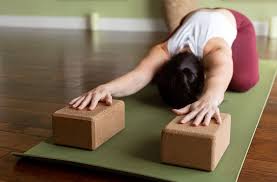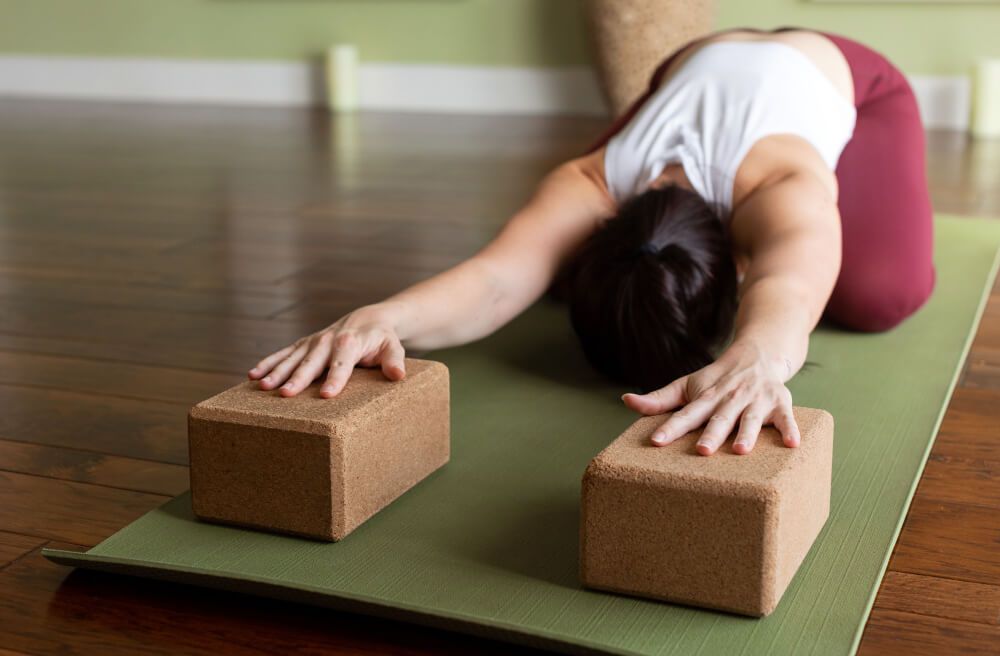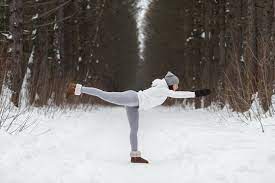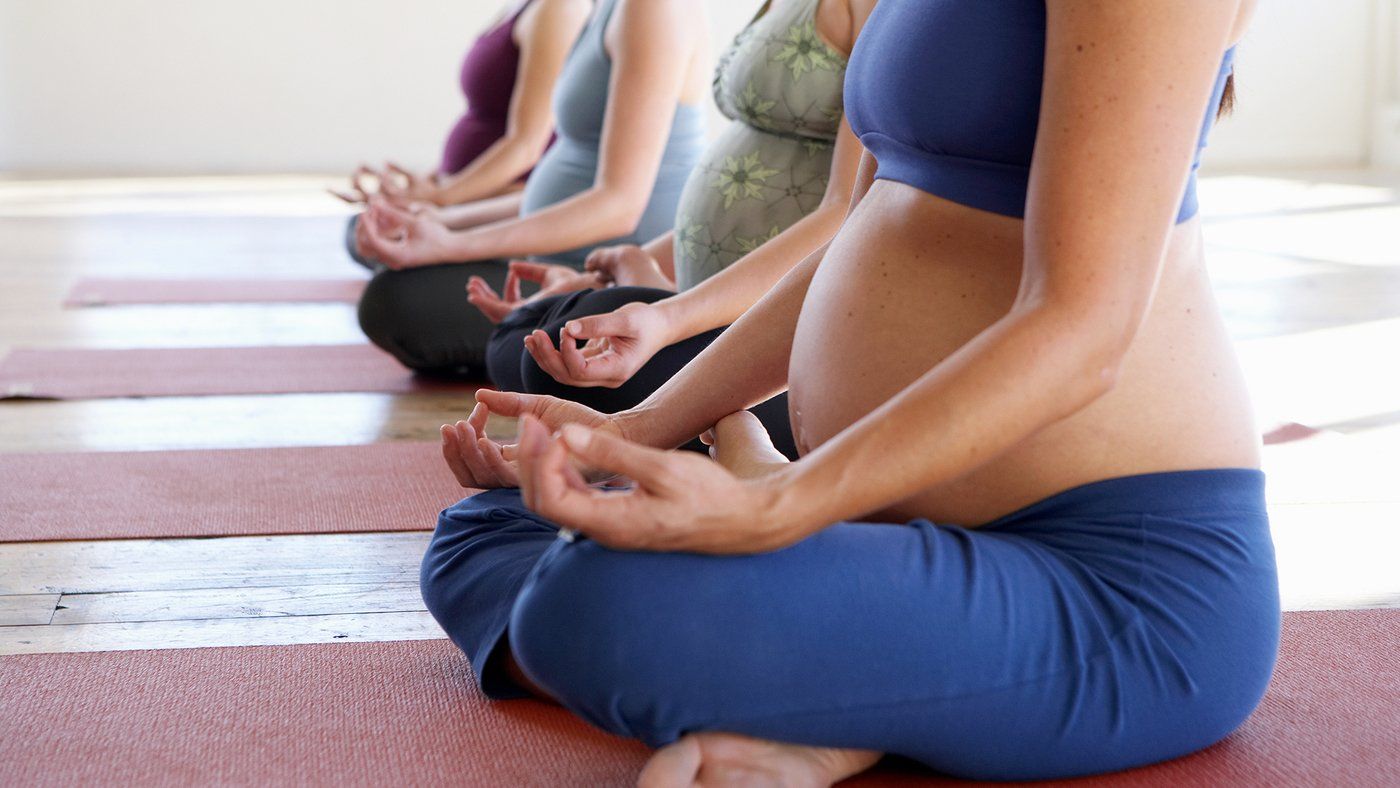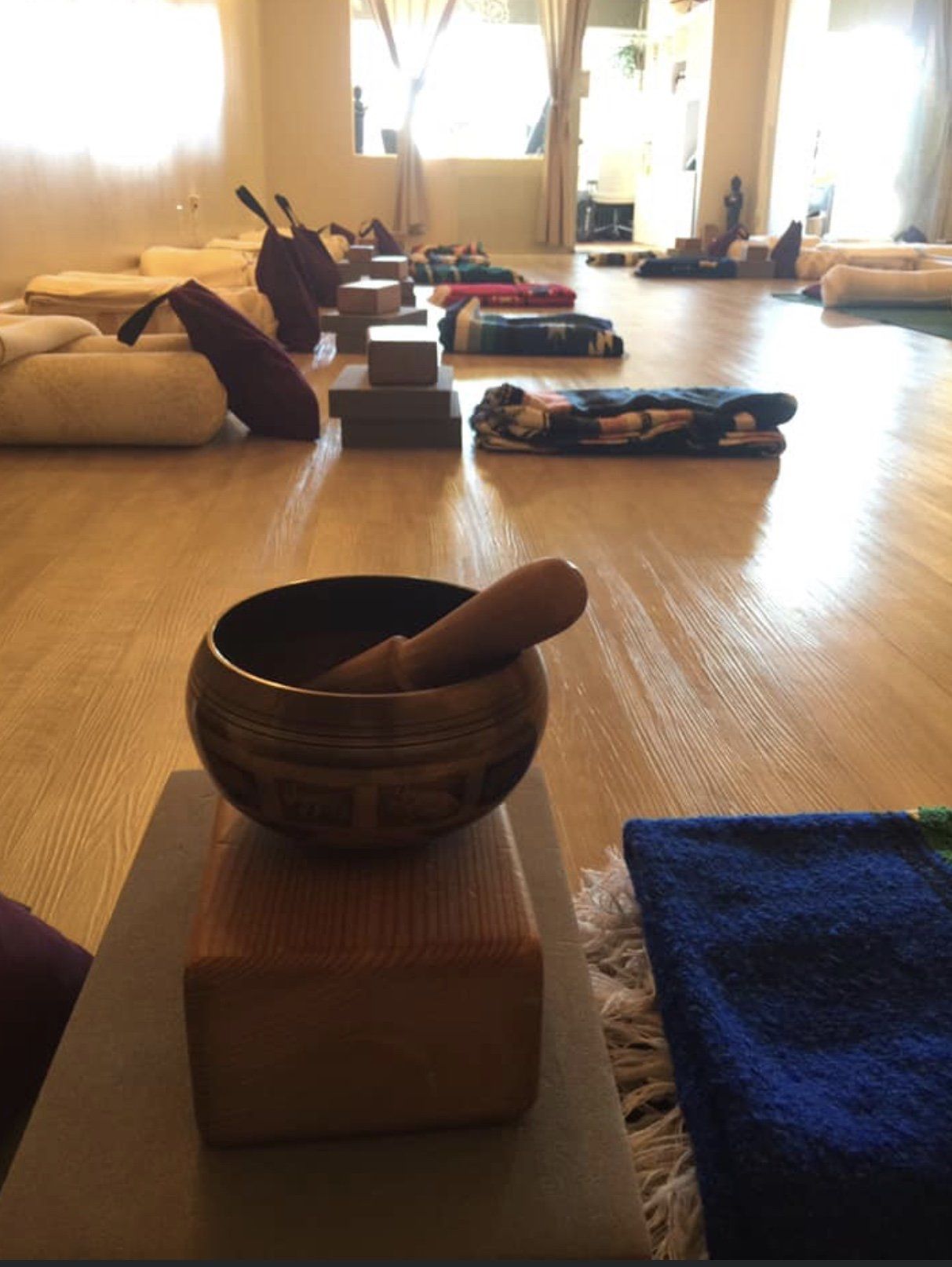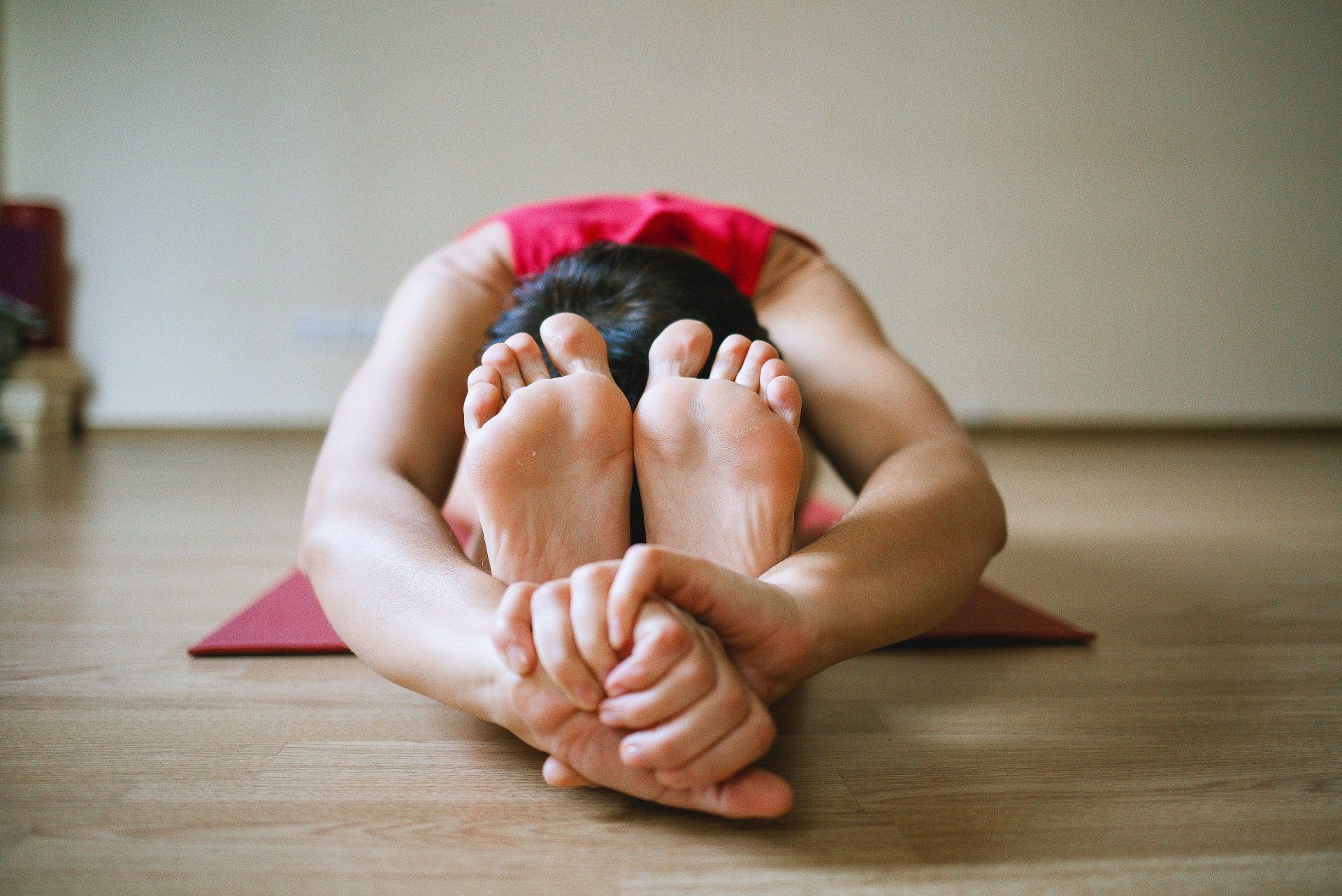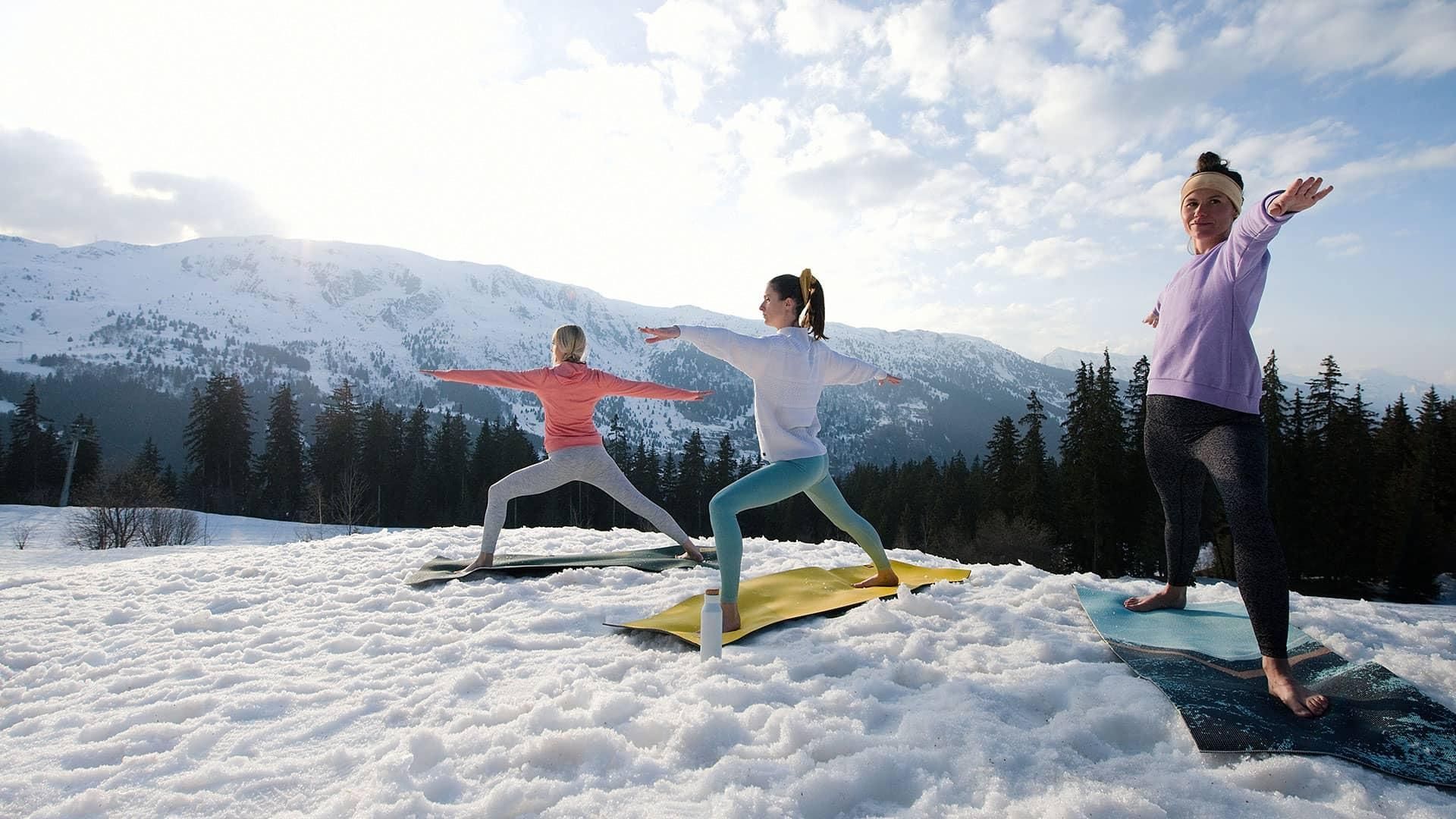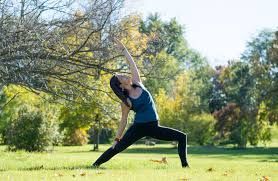What is the difference between Restorative Yoga and Yin Yoga?
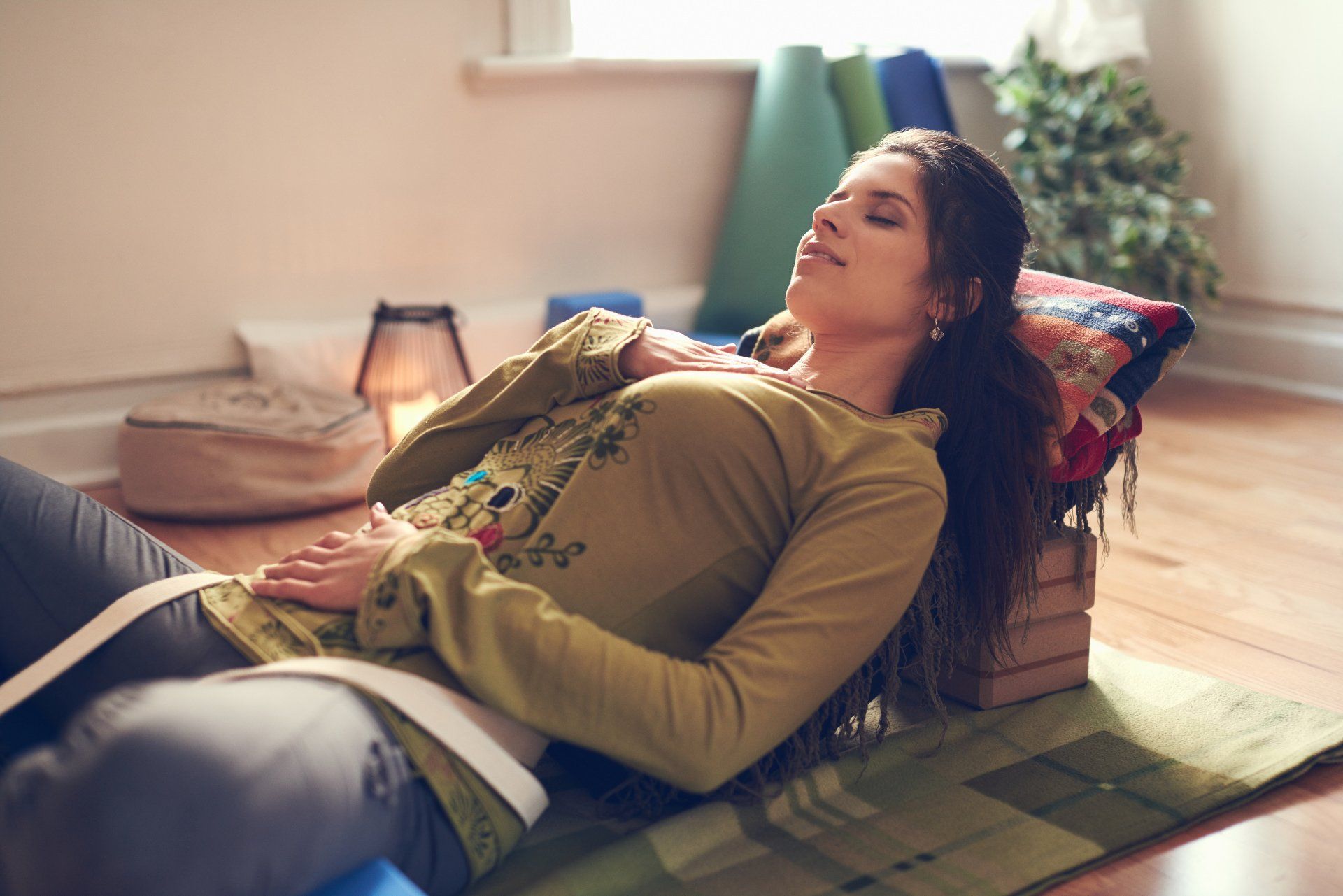
It took me a couple of years to figure this one out, for a long time I considered what I teach and practice a Restorative Yin style of yoga and to this day it is. But, in the past couple of years with the growing popularity of Yin Yoga and Restorative Yoga there is a need to clarify the difference.
Let me begin with the similarities; both styles are a branch of Hatha Yoga which balance the right and left sides of our bodies. Both styles are ‘yin like’ in comparison to the more ‘yang like’ yoga where the practitioner strengthens, flows and heats up the body. In Restorative Yin the practitioner lengthens, slows and cools down the body. Both styles are passive and both styles are restorative in nature.
The main difference is that in a Restorative Yoga class the practitioner is asked to be 100% comfortable. In a Yin Yoga class discomfort is welcome. In Yin we find our Goldilocks position; not too strong, not too soft, just right.
In Restorative Yoga props are always used and soft is more often the way to practice. Restorative Yoga is perfect for people recovering from illness or injury as lots of props are offered and the poses are not super challenging. Based on the teachings of the late B.K.S Iyengar, Restorative Yoga at its core is a practice of passive healing. It is intended to carry the student into a deep state of relaxation by completely supporting the body in propped-up asanas. These props equal release and therefore allow the practitioner to surrender completely. When practicing Restorative Yoga the physical sensations are minimal as the body finds space to gently surrender and soften into the support of the props.
In Yin Yoga props can be used or not it is up to the teacher and Yin Yoga is not necessarily soft as it can be quite challenging. Introduced by Paul Grilley in the late 1980s, Yin Yoga is based on the ancient, Taoist concepts of yin and yang, the opposite and complementary principles in nature. It works synergistically with the principles of traditional Chinese medicine to shift ‘Chi’ or 'Qi' through the body. In Hatha Yoga the Sanskrit word for 'Chi' is ‘Prana.’ The word 'Prana' in English means life force. All Yoga works with life force, but Yin Yoga works with the bones, ligaments, joints and fascial network as well. Once in the asana, the practitioner is asked to stay in this stillness and breathe for two minutes and sometimes up to ten minutes. You will practice a lot less poses in the same amount of time as a more general yoga class. Although Yin is a passive style of yoga, the length of time in postures combined with the intensity of sensations, make this practice challenging. It is deceptively powerful. When the body begins to unravel and the mind begins to still, in my experience, a real sense of peace occurs. It is the permission to let go of whatever the practitioner is holding on to that makes this yoga one of the most popular styles today.
In essence both Restorative Yoga and Yin Yoga give us permission to rest, permission to slow down and pause from everyday ‘busy-ness’. Shavasana is the foundation of both these styles and a teacher who knows how to teach this asana properly will give their students the best gift of all…deep rest.
